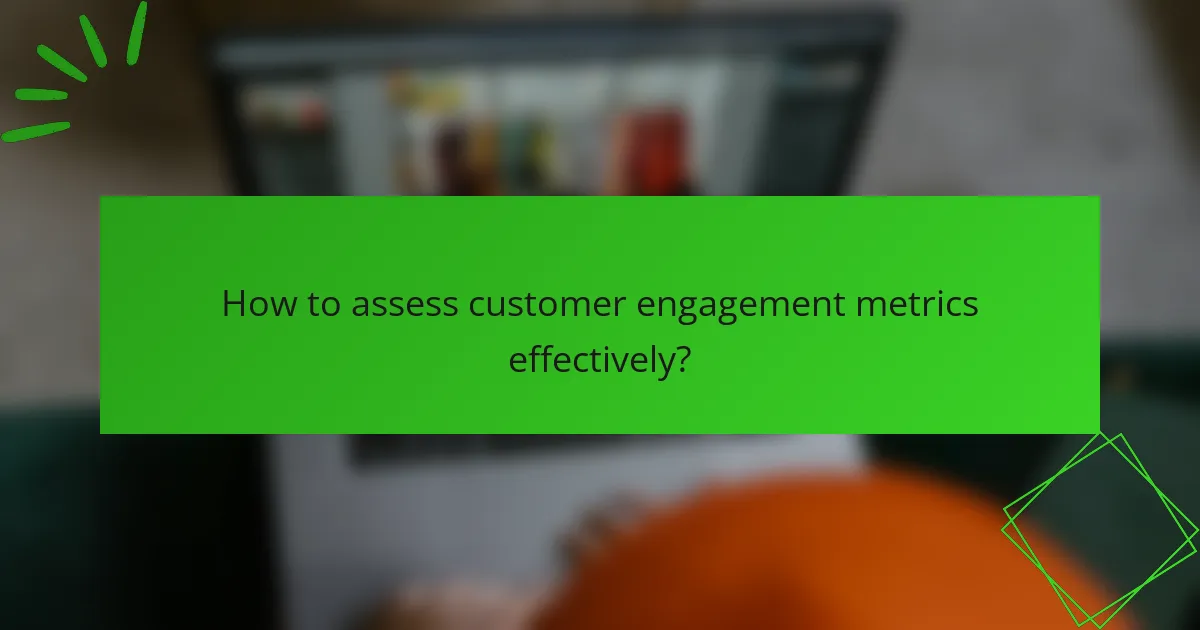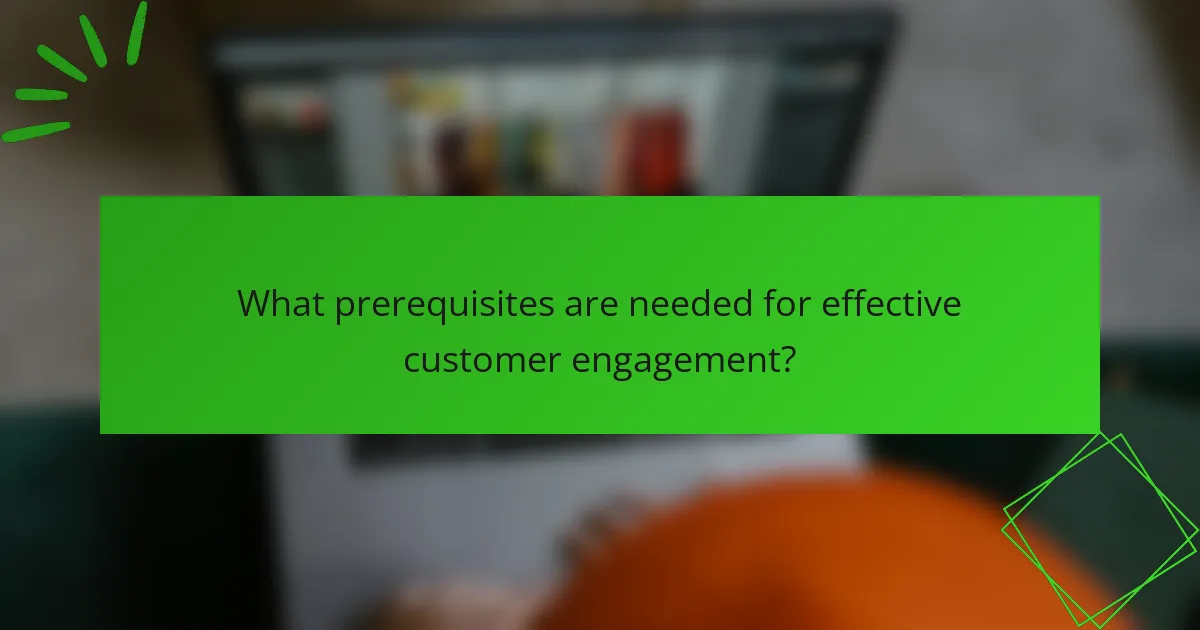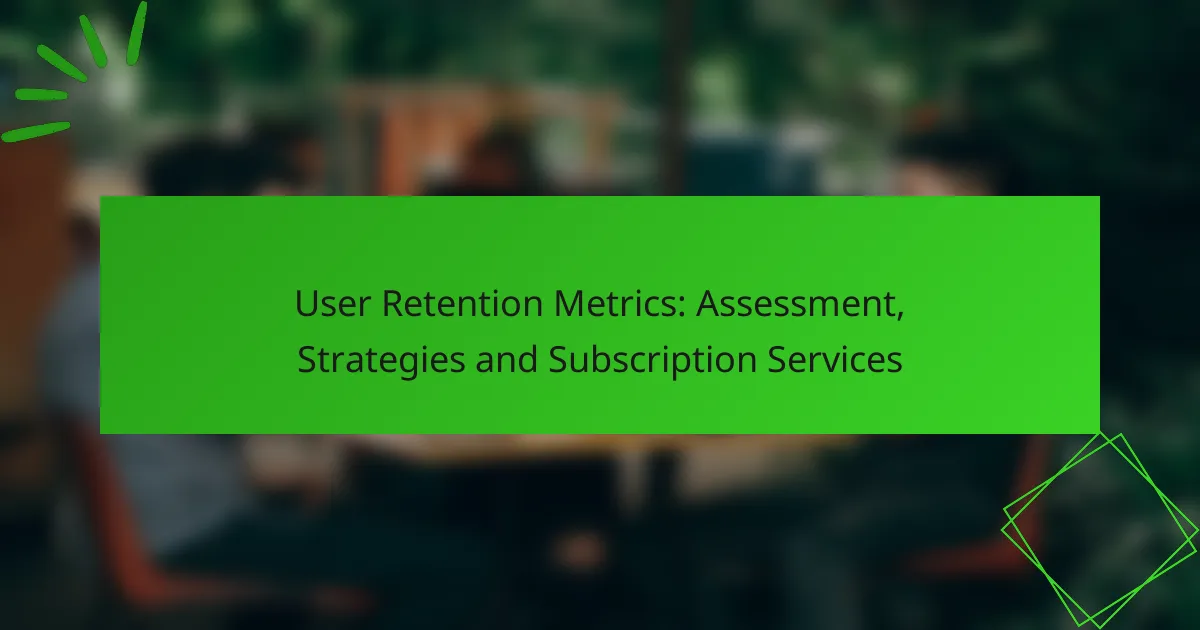Understanding customer engagement metrics is crucial for businesses aiming to strengthen their connection with customers. By analyzing key data points such as website traffic and social media interactions, companies can gain valuable insights into customer behavior and preferences. Implementing effective strategies like personalization and omnichannel communication can significantly enhance customer satisfaction and loyalty.

What are the key customer engagement metrics?
Key customer engagement metrics help businesses understand how effectively they connect with their customers. These metrics provide insights into customer satisfaction, loyalty, and overall relationship quality, guiding strategies for improvement.
Net Promoter Score (NPS)
Net Promoter Score (NPS) measures customer loyalty by asking how likely customers are to recommend a company to others. Responses are typically on a scale from 0 to 10, with scores of 9-10 indicating promoters, 7-8 as passives, and 0-6 as detractors.
A high NPS suggests strong customer loyalty, while a low score indicates areas needing attention. Regularly tracking NPS can help identify trends and assess the impact of changes in products or services.
Customer Satisfaction Score (CSAT)
Customer Satisfaction Score (CSAT) gauges how satisfied customers are with a specific interaction or overall experience. This metric is usually collected through surveys immediately following a purchase or service encounter, often using a scale from 1 to 5 or 1 to 10.
CSAT scores provide immediate feedback on customer experiences, allowing businesses to address issues quickly. Aim for a CSAT score above 80% to indicate strong customer satisfaction.
Customer Lifetime Value (CLV)
Customer Lifetime Value (CLV) estimates the total revenue a business can expect from a customer over their entire relationship. This metric helps in understanding the long-term value of customer relationships and informs marketing and retention strategies.
To calculate CLV, consider average purchase value, purchase frequency, and customer lifespan. A higher CLV indicates that investing in customer retention strategies can yield significant returns.
Engagement Rate
Engagement Rate measures how actively customers interact with a brand across various channels, such as social media, email, and websites. This metric is often expressed as a percentage of total interactions relative to the audience size.
High engagement rates typically indicate a strong connection with the audience, while low rates may signal a need for improved content or outreach strategies. Regularly analyze engagement metrics to refine marketing efforts and boost customer interaction.
Churn Rate
Churn Rate represents the percentage of customers who stop using a company’s products or services over a specific period. A high churn rate can indicate dissatisfaction or better competition, making it crucial to monitor this metric closely.
To calculate churn rate, divide the number of customers lost during a period by the total number of customers at the start of that period. Keeping churn rates low often involves enhancing customer support and engagement initiatives.

How to assess customer engagement metrics effectively?
Assessing customer engagement metrics involves analyzing various data points to understand how customers interact with your brand. Key metrics include website traffic, social media interactions, and customer feedback, which collectively provide insights into customer behavior and preferences.
Utilizing analytics tools
Analytics tools are essential for tracking customer engagement metrics. Platforms like Google Analytics or HubSpot allow businesses to monitor user behavior, conversion rates, and engagement levels across different channels. These insights help identify which strategies are working and where improvements are needed.
When using analytics tools, focus on key performance indicators (KPIs) such as average session duration, bounce rate, and pages per session. Regularly reviewing these metrics can help you adapt your marketing strategies effectively.
Setting benchmarks
Establishing benchmarks is crucial for assessing customer engagement metrics. Benchmarks provide a reference point to evaluate performance over time and against industry standards. For example, if the average email open rate in your sector is around 20%, you can measure your campaigns against this figure.
To set effective benchmarks, consider historical data from your own business and compare it with industry averages. This approach allows you to set realistic goals and track progress accurately.
Conducting surveys
Surveys are a direct method to gauge customer engagement and satisfaction. By asking targeted questions, businesses can gather valuable feedback on customer experiences and preferences. Online tools like SurveyMonkey or Google Forms make it easy to create and distribute surveys.
When designing surveys, keep questions concise and focused. Aim for a mix of quantitative and qualitative questions to gain a comprehensive understanding of customer sentiment. Regularly conducting surveys can help you stay attuned to customer needs and adjust your strategies accordingly.

What strategies enhance customer engagement?
Effective strategies to enhance customer engagement include personalization, omnichannel communication, feedback loops, and gamification. These approaches foster deeper connections with customers, leading to increased loyalty and satisfaction.
Personalization techniques
Personalization techniques involve tailoring experiences and communications to individual customer preferences and behaviors. This can include customized product recommendations, targeted email campaigns, and personalized website content. By leveraging customer data, businesses can create a more relevant and engaging experience.
Consider using tools that analyze customer interactions to segment your audience effectively. For instance, sending personalized offers based on past purchases can significantly boost engagement and conversion rates.
Omnichannel communication
Omnichannel communication ensures a seamless experience across multiple channels, such as social media, email, and in-store interactions. This strategy allows customers to engage with your brand in their preferred manner, enhancing their overall experience. Maintaining consistent messaging across all platforms is crucial.
Implementing a unified customer relationship management (CRM) system can help track interactions and preferences, ensuring that your communication is coherent and timely. This approach can lead to higher customer satisfaction and retention rates.
Feedback loops
Feedback loops involve actively seeking and responding to customer input to improve products and services. This can be achieved through surveys, reviews, and direct communication channels. Establishing a culture that values customer feedback can significantly enhance engagement.
Regularly analyze feedback to identify trends and areas for improvement. Consider implementing changes based on customer suggestions and communicating those changes back to your audience, reinforcing their value to your brand.
Gamification elements
Gamification elements incorporate game-like features into non-game contexts to boost customer engagement. This can include reward systems, challenges, and leaderboards that motivate customers to interact more frequently with your brand. Such strategies can create a fun and competitive atmosphere.
For example, loyalty programs that reward points for purchases or social media shares can encourage ongoing engagement. Ensure that the gamification elements align with your brand values and resonate with your target audience for maximum effectiveness.

Which online courses improve customer engagement skills?
Online courses that enhance customer engagement skills typically focus on communication strategies, data analysis, and relationship management. These courses equip professionals with the tools to foster better interactions and build loyalty among customers.
HubSpot Academy courses
HubSpot Academy offers free courses that cover various aspects of customer engagement, including inbound marketing and customer service strategies. Their courses often include practical exercises and certifications that can enhance your resume.
Key courses to consider include the “Inbound Marketing Certification” and “Customer Service Training.” These programs focus on understanding customer needs and creating effective engagement strategies.
Coursera customer engagement programs
Coursera features a range of customer engagement programs from top universities and organizations. These courses often delve into advanced topics such as customer analytics and user experience design, providing a comprehensive understanding of customer behavior.
Look for courses like “Customer Engagement: How to Build a Customer-Centric Culture” or “Digital Marketing Specialization.” These programs typically require a fee, but financial aid options are available for eligible learners.
LinkedIn Learning courses
LinkedIn Learning offers a variety of courses focused on customer engagement, including topics like effective communication and customer relationship management. These courses are designed for professionals looking to enhance their skills quickly.
Popular courses include “Customer Service Foundations” and “Building Customer Loyalty.” Subscriptions provide access to a vast library of resources, making it easy to learn at your own pace.

What prerequisites are needed for effective customer engagement?
Effective customer engagement requires a clear understanding of customer personas and proficiency in data analytics. These prerequisites enable businesses to tailor their strategies and measure their impact accurately.
Understanding customer personas
Customer personas are semi-fictional representations of your ideal customers based on market research and real data. They help businesses identify the needs, preferences, and behaviors of different segments within their audience.
To create effective customer personas, gather data through surveys, interviews, and analytics tools. Aim for diversity in your sample to capture various demographics, interests, and pain points. A well-defined persona can guide marketing strategies and enhance customer interactions.
Data analytics proficiency
Proficiency in data analytics is crucial for interpreting customer engagement metrics and making informed decisions. This skill involves understanding how to collect, analyze, and leverage data to improve customer experiences.
Start by familiarizing yourself with analytics tools such as Google Analytics or CRM software that can track customer interactions. Focus on key performance indicators (KPIs) like customer retention rates and engagement scores. Regularly review and adjust your strategies based on data insights to optimize engagement efforts.










